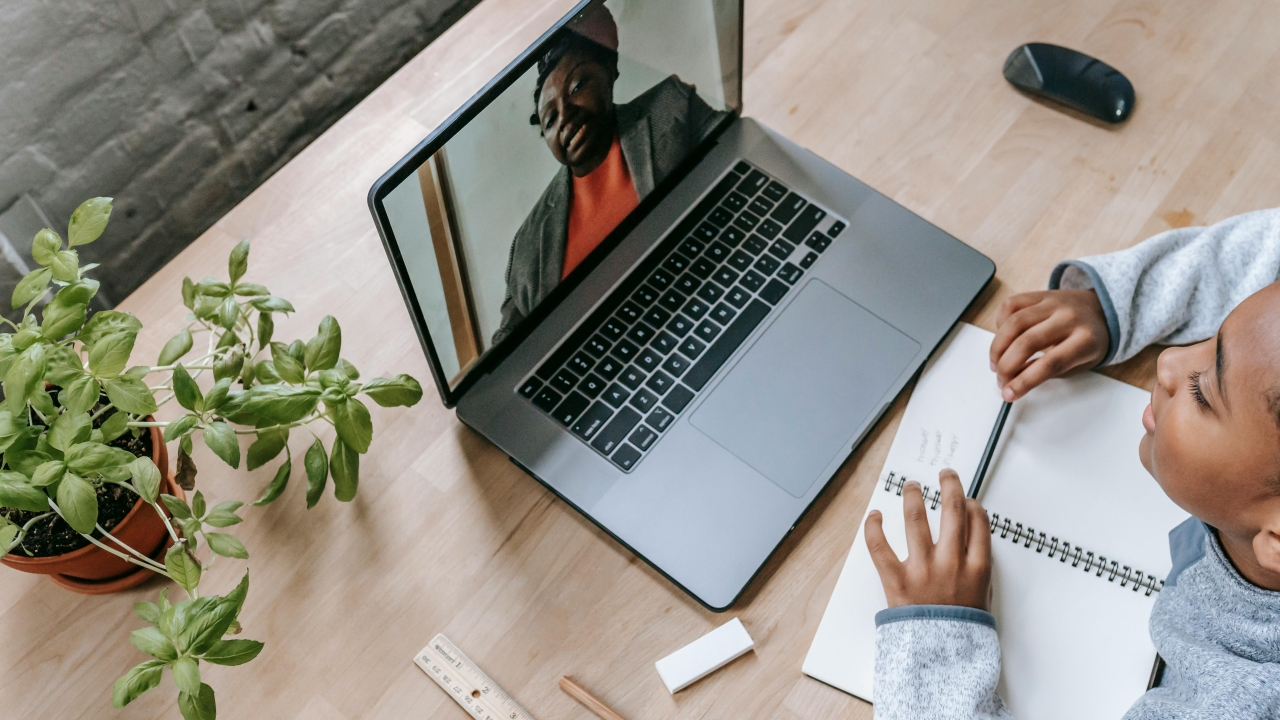Virtual and In-person Education – Will Students Soon Be Able to Choose?

Is it time to move away from our group-of-students-in-a-class style of education? In the face of changing times and expectations, the sands are shifting under education systems worldwide.
For a long time now, educating 20-30 students in a classroom has been the norm, regardless of the differences between individual students. Teaching everyone the same thing at once has meant that students can be tested on their knowledge simultaneously, making it convenient for schools, society and employers to see where individuals will fit into the workplace once their studies end.
This works perfectly for some students, but it certainly does not work for all. Everyone learns differently. It’s not a modern phenomenon; the only difference is that previously we’ve always been able to brush over the cracks. Today, however, after the upheaval of the pandemic, those cracks have become chasms. Students are staying away from school in record numbers, in turn, prompting changes in education provision that, some may say, have been long overdue.
What has changed?
Student attendance rates right across the world are the worst they have ever been as more and more young people struggle with their social, emotional and mental health and other issues.
Attitudes have also changed. Going to school in person isn’t regarded as essential as it was pre-pandemic because, at that time, students could learn online – and the current thinking is, ‘If it was OK then, why not now?’ Add to that the number of parents working more flexibly, splitting their time between working in the office and at home; they may now be closer to their child’s struggle to attend school day after day. No wonder they are seriously questioning whether that education model is the right fit.
Education provision shakeup?
From a parent’s point of view, the conversation about whether their child could have a different kind of education suddenly makes more sense. Working from home means it has become a much more viable prospect for them to be on hand to support their child’s online learning.
If that thinking is indeed the case, and the market demands it, then we could be at the point of significant diversification in education provision; a split between in-person and online schools. This is the situation today:
• Physical schools – Many students and parents believe the in-person model is broken. Curriculum pressures are high; the mix of students in a class may affect other students’ learning; social issues amongst students can be hugely problematic, affecting mental health and wellbeing – and that experience day after day can take its toll.
Many parents believe school systems are stuck in an outdated loop and need to change their model to be more inclusive, meaning a less structured, less rigid, potentially hybrid way to engage in learning but at the same time not being something that's too claustrophobic.
• Online schools – It’s a fact: more virtual schools are appearing around the world, such as Cambridge Home School Online, The Online School and Crimson Global Academy. Most are currently only accessible to the parents who can pay but that could change in future if the demand is high enough. In time, that demand may also come from staff if they gain a position in a virtual school and then find they prefer to teach in that environment.s are stuck in an outdated loop and need to change their model to be more inclusive, meaning a less structured, less rigid, potentially hybrid way to engage in learning but at the same time not being something that's too claustrophobic.
Times are changing
As time progresses, hybrid and virtual schools that are potentially more inclusive will become increasingly relevant, particularly as technology makes the ability to interact, learn and engage remotely easier than ever.
That may not be a popular view. For in-person school principals, the argument will be that nothing less than turning up to learn in person will do. However, the head of a virtual school may beg to differ, pointing to the advantages of more focused learning and better wellbeing.
Ultimately, it’s not a case of one argument winning out over the other – as we said at the start: one size does not fit all. If change is driven by learners’ diverse needs, we can only surmise that all the pathways are relevant. In that case, we must ensure that if education systems are to offer choice, then all providers are consistent, credible and effective in what they offer.
The clock is ticking
Education authorities and bricks-and-mortar schools need to take a hard look their provision. Much has changed during the last few years.
Sticking our heads in the sand, doing the same we have always done and lamenting the outcomes will not change anything. We missed the great collective reset the pandemic offered us and instead catapulted stressed, socially deprived, traumatised and bereaved students straight back into ‘catching up’. The world has changed. Social norms have changed. Students have changed. Education must now adapt.
Stay up to date
Subscribe to the free GESS Education newsletter and stay updated with the latest insights, trends, and event news every week. Your email address will remain confidential


